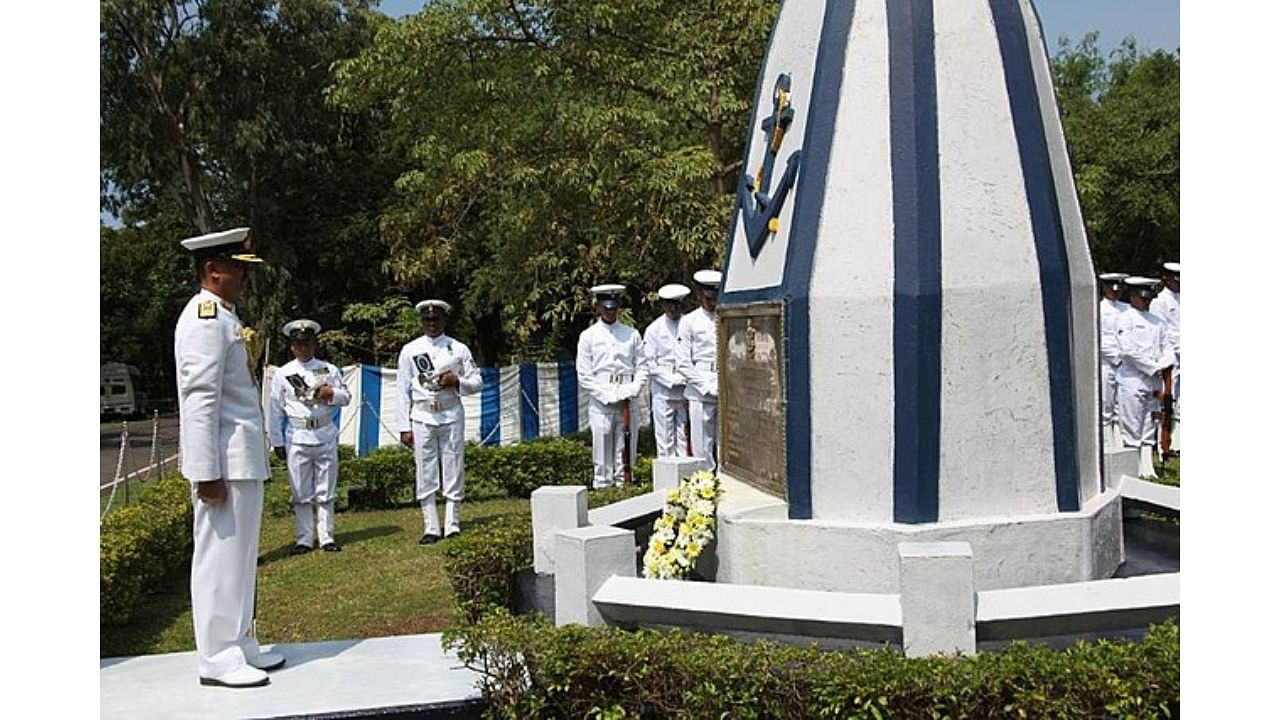
While most Indian territories were declared independent from colonial and other powers on August 15, 1947, the state of Goa would remain under Portuguese power for over a decade after that.
Even after Indian became a sovereign nation, the Portuguese refused to accede power to the Union. After a series of failed negotiations, under Jawaharlal Nehru as Prime Minister, India decided that military intervention was necessary to unite the coastal state with the rest of the country.
While sporadic revolts were prevalent, Goa Liberation Movement became a war cry to oust the European powers out of the state.
Also read: Explained | What is Indian Independence Act?
On December 19, 1961, a 36-hour military operation, code-named 'Operation Vijay', by the Indian forces that included the Indian Army, the Navy and the Air Force cornered the Portuguese forces with little resistance. The deposed governor general Manuel António Vassalo-e Silva agreed to surrender, effectively ending 450 years of colonial rule in Goa.
India's seven young gallant sailors and other personnel were killed in the operation on the day, which is marked as Goa Liberation Day.
“The War Memorial at Indian Naval Ship Gomantak was constructed in memory of seven young gallant sailors and other personnel who laid down their lives on 19 Dec 1961 in the “Operation Vijay” undertaken by the Indian Navy for the liberation of Anjadip Island and Territories of Goa, Daman and Diu,” Indian Navy says on its website.
December 19 is of great significance across the state and is celebrated grandly.